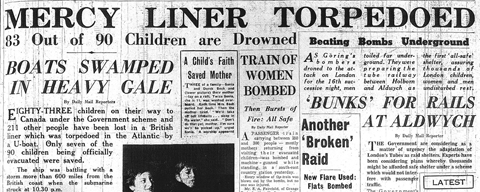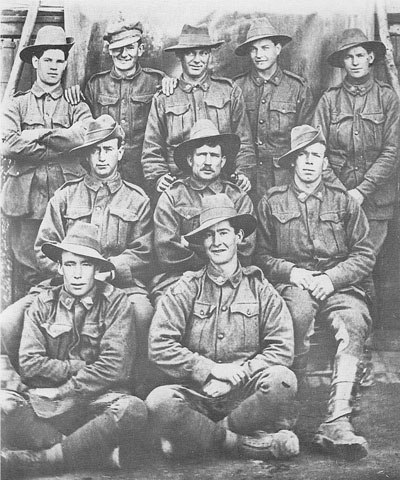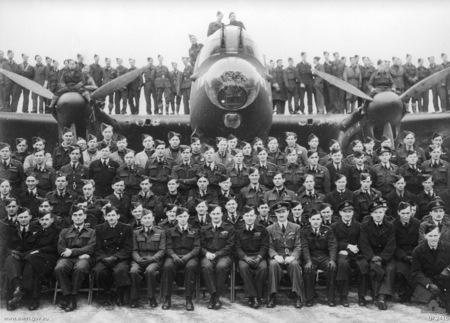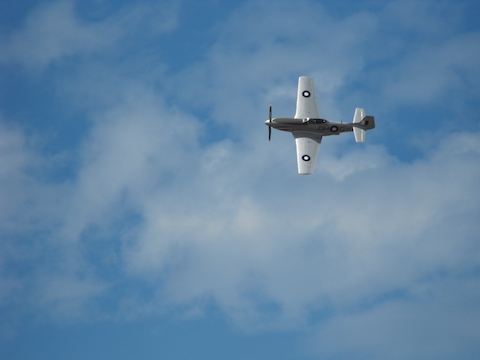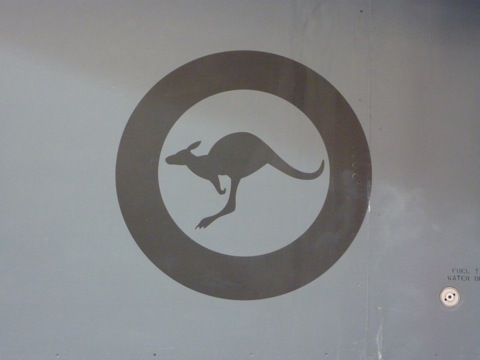Scareships over Australia — II
The first Australian scareship to be reported was not described as an airship, but simply as ‘beautiful revolving lights’, albeit of a mechanical aspect. This was published in the Melbourne Argus of 9 August 1909. Reverend B. Cozens, of the Port Melbourne Seamen’s Mission, came into the newspaper’s office to make a statement about something […]


